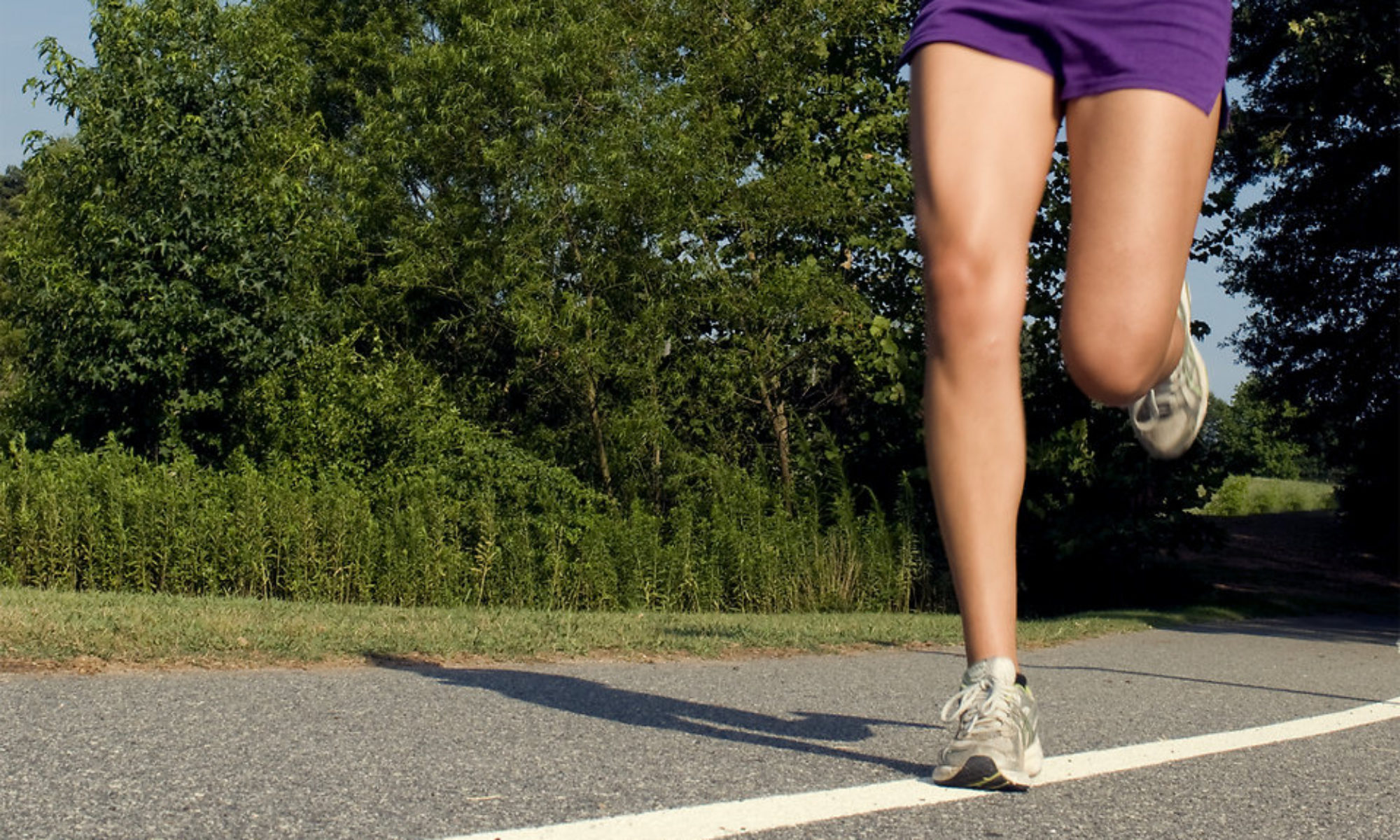Pain has many components. Physical injury may be immediately obvious, but there are also social (being bullied or rejected at school or work) and psychological (depression, guilt) causes of pain. Therefore, to help understand how various contributors to pain can affect a person, the analogy of a cup may be useful. Then, using this analogy, we can begin to implement lifestyle changes designed to grow your cup. Also, please read this article by Dr. Lehman.

So we recognize that pain is more complex than tissue damage. There are many people walking around today with damaged tissues and no pain. Think of the paper cut that doesn’t hurt until you notice it. Likewise, there are many people in great physical pain with no apparent tissue damage or history of physical trauma. If you need a health care professional to help guide you to feeling better or getting out of pain, hopefully they recognize pain is multifaceted.
Which Road to Travel? Probably Both
Armed with this information, there are two routes to travel if you are looking to reduce pain. First, you can limit the amount of negative input causing your cup to overflow. These negative stimuli can take the form of:
- Stress
- Tissue damage
- Poor sleep
- Anxiety
- Bad habits
Secondly, you can build yourself a bigger cup. This is accomplished in several ways, such as:
- Having fun / play
- Fulfilling activities
- Positive social interactions
- Exercise
- Better nutrition
- Better sleep quality
In my opinion, both reducing negative inputs into the system AND building a bigger cup are important. Each person’s experience will dictate how much energy they should apply to each side of this model. But, if I had to choose one versus the other, I’d take building a bigger cup every time. Here’s why.
You will never be able to completely eliminate stress, toxicity in all environments or relationships, sleep disturbances, physical harm, eating an inflammatory diet, etc. Reducing and moderating all of these are important, but there is also no growth without stress. Arguing with your relatives may be stressful, but would cutting that stress out of your life also eliminate beneficial aspects of your relationship? It’s probably a better solution to keep the relationship intact but build strategies to deal with the stress of those topics of conversation that you anticipate will set you off.
Build Yourself a Bigger Cup
So, in my opinion, humans are adaptable, robust, highly resilient beings. We should be able to function and adapt to our surroundings and overcome challenges. It seems to me a more winning path forward is to adopt strategies to deal with stress effectively than to try and avoid stress at every turn. To get stronger, instead of avoid any task that requires strength. Exercise enough that a few days of poor eating doesn’t completely derail you. Because, at some point life is going to challenge you, and a bigger cup can hold more without spilling over.

About the Author:
Dr. Erik Reich is a chiropractor in Meriden, CT. He practices at Omni Physical & Aquatic Therapy Center, Inc. located at 303 South Broad Street. He treats all types of patients including weekend warriors, seniors, high school athletes, victims of trauma such as auto accidents, physical laborers and desk workers. Dr. Reich treats patients Monday through Friday and can be found spending time with his wife and son, and their Boston terrier when not in the office.


















